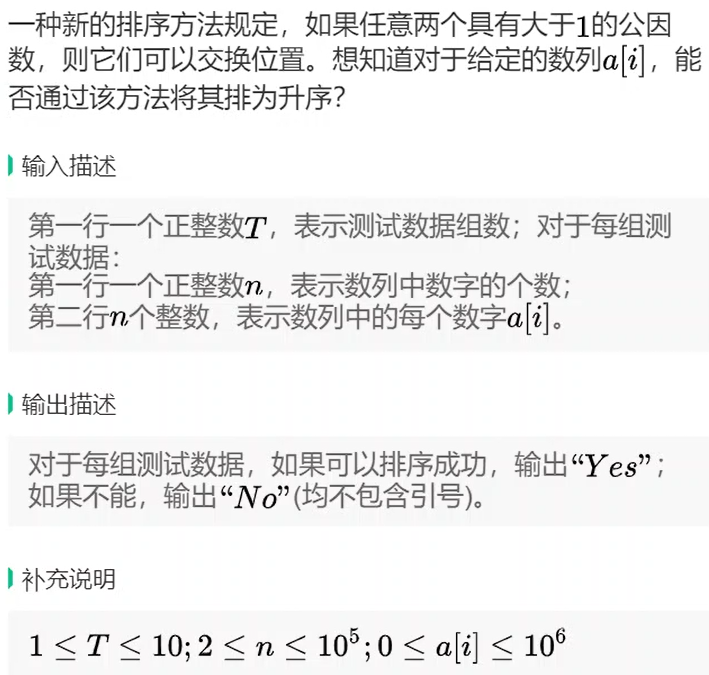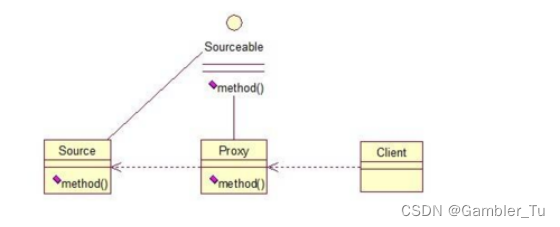一,队列的简单认识
队列也是一种线性数据结构,与栈不同的是,它只能从一端添加元素,从另一端取出元素.定义了一端,另一端也就确定了.
(当然还有一个特殊的双向队列LinkedList除外,它既可以从队首添加元素,也可以移除元素,队尾也是一样的,既可以添加元素,也可以移除元素)

二,队列的实现
Queue<E>
1,void enqueue(E) //添加元素
2,E dequeue() //移除元素
3,E getFront() //获取第一个元素,但不移除
4,int getSize() //获取索引
5,boolean isEmpty() //判断队列是否为空
三,队列代码实现,
了解队列的基本功能,对队列的功能进行代码实现,底层逻辑为数组,同样栈也可以实现队列的功能,队列也可以实现栈的功能.
(注意:利用泛型可以对任意类型的数据进行操作)
1,用抽象类来封装相关功能
public interface Queue<T> {
// 入队的方法
void enqueue(T ele);
// 出队的方法
T dequeue();
// 查看队首元素
T getFront();
// 队列中元素的数量
int getSize();
// 判断队列是否为空
boolean isEmpty();
}
2,用数组来实现队列功能
import java.util.Optional;
import java.util.Random;
// 封装属于自己的数组,使用泛型
public class CycleArray<T> {
private T[] data; // 底层数据结构
private int size;// 用来保存实际存放元素的个数
private int capacity; // 表示容积
// 声明索引
private int front, tail;
public CycleArray() {
this(5);
}
public CycleArray(int capacity) {
this.capacity = capacity;
this.data = (T[]) new Object[this.capacity + 1];
this.size = 0;
this.front = this.tail = 0;
}
// 获取容积的方法
public T getFront() {
if (this.isEmpty()) {
return null;
}
return this.data[this.front];
}
// 判断数组是否为空
public boolean isEmpty() {
return this.front == this.tail;
}
// 获取数组实际存放元素的个数
public int getSize() {
return this.size;
}
/**
* 在尾部添加
*
* @param val 插入的值
*/
public void addTail(T val) {
// 在增加之前,判断数组是否已满,如果已满,要进行扩容
if ((this.tail + 1) % this.data.length == this.front % this.data.length) {
// 扩容操作
resize(this.capacity * 2);
}
this.data[this.tail] = val;
// 更新tail
this.tail = (this.tail + 1) % this.data.length;
System.out.println("入队:this.front=" + this.front + ",this.tail=" + this.tail);
this.size += 1;
}
// 改变容积的方法
private void resize(int newCapacity) {
System.out.println("--------resize--------");
// 2、 创建一个新数组
T[] newArr = (T[]) new Object[newCapacity + 1];
// 3、将原来数组的内容转移到新数组
for (int i = 1; i <= this.size; i++) {
newArr[i - 1] = this.data[this.front];
this.front = (this.front + 1) % this.data.length;
}
this.front = 0;
this.tail = this.size;
System.out.println("扩容完成:this.front=" + this.front + ",this.tail=" + this.tail);
// 4、将newArr赋值给 this.data
this.data = newArr;
// 5、将newCapacity 赋值给this.capacity
this.capacity = newCapacity;
}
@Override
public String toString() {
StringBuilder sb = new StringBuilder();
int curIndex = this.front;
while (curIndex != this.tail) {
sb.append(this.data[curIndex]);
curIndex = (curIndex + 1) % this.data.length;
}
String result = sb.toString();
return result.substring(0, result.length() - 1);
}
// 删除队首元素
public Optional<T> removeFromHead() {
// 判断是否为空
if (this.front == this.tail) {
Optional.empty();
}
Optional<T> result = Optional.of(this.data[this.front]);
// 更新front
this.front = (this.front + 1) % this.data.length;
this.size--;
System.out.println("出队:this.front=" + this.front + ",this.tail=" + this.tail);
if (this.size <= this.capacity / 4 && this.capacity / 2 > 1) {
resize(this.capacity / 2);
}
return result;
}
}
3,对功能进行封装
public class CycleQueue<T> implements Queue<T> {
private CycleArray<T> data;
public CycleQueue() {
this.data = new CycleArray<>();
}
@Override
public void enqueue(T ele) {
this.data.addTail(ele);
}
@Override
public T dequeue() {
return this.data.removeFromHead().orElse(null);
}
@Override
public T getFront() {
return this.data.getFront();
}
@Override
public int getSize() {
return this.data.getSize();
}
@Override
public boolean isEmpty() {
return this.data.isEmpty();
}
}
五,队列的复杂度分析
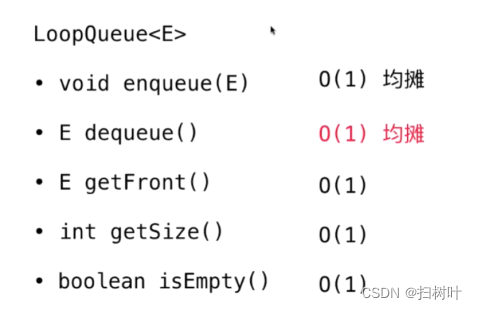
六,队列的优势,及用处
在Java中,队列相比栈和数组的优势:
-
先入先出(FIFO)的特性:队列保持元素的顺序,确保先入队的元素先被移出队列,这种特性在很多场景下非常有用;
-
动态增长:Java中的队列实现类(如LinkedList等)可以动态增长,不需要事先指定队列的大小,因此更灵活;
-
提供了更多的操作:队列通常提供了丰富的操作,如入队、出队、查看队首元素等方法,更符合队列数据结构的特性。
队列可以用于解决诸如排队、调度等问题,包括但不限于:
-
任务调度:可以使用队列来实现任务的排队执行,确保按照顺序进行;
-
缓冲区:可以用队列来作为缓冲区,平衡生产者和消费者之间的速度差异;
-
线程安全:多线程环境下可以利用队列来进行线程安全的数据交换;
-
BFS算法:在图论中,广度优先搜索算法(BFS)通常使用队列来实现,以便按照层级顺序遍历节点。
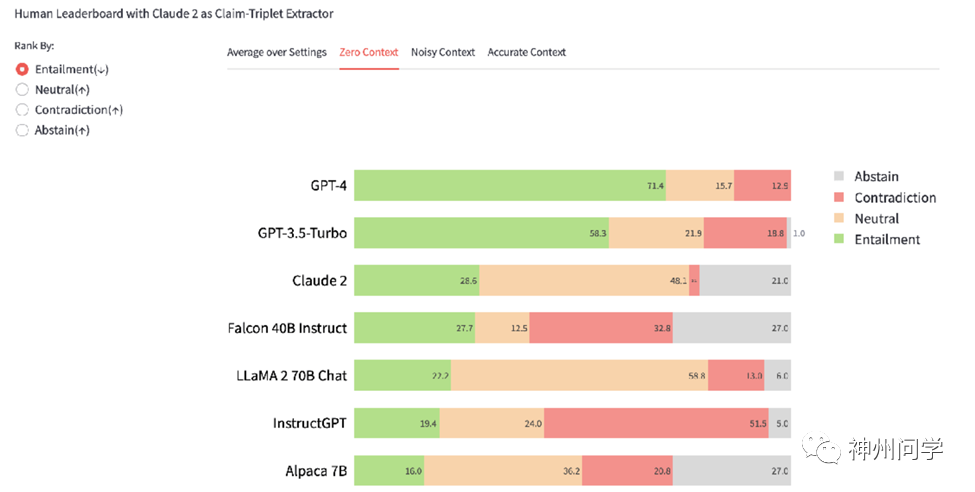



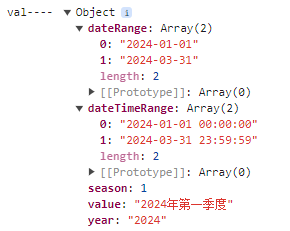

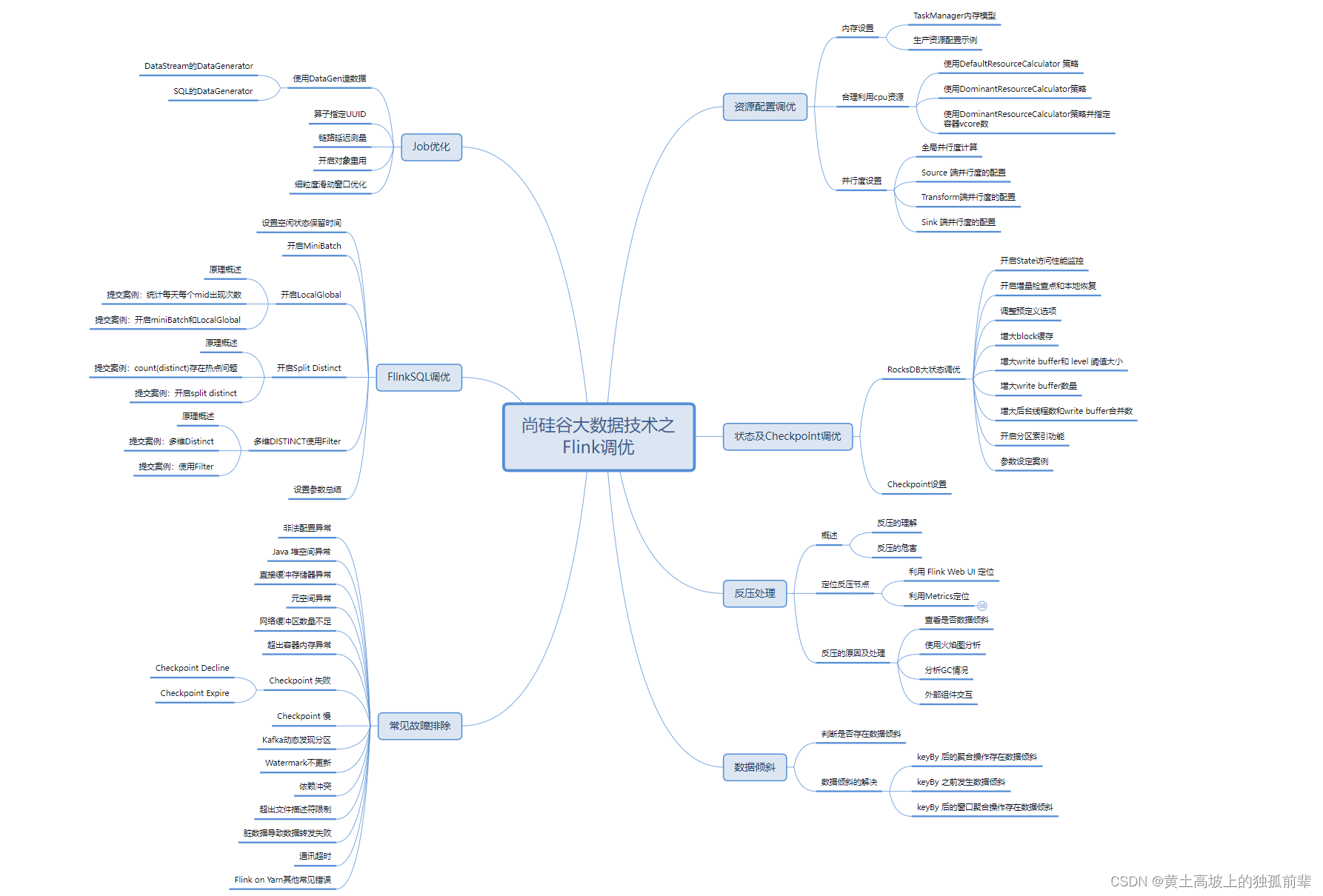
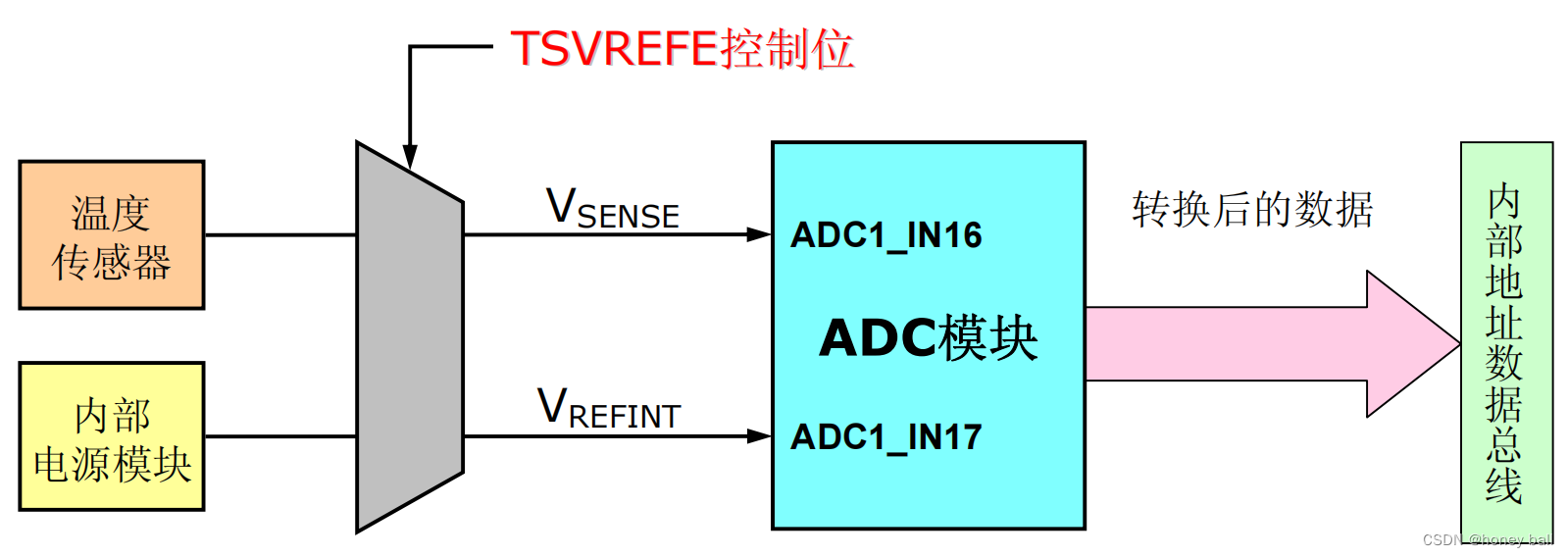
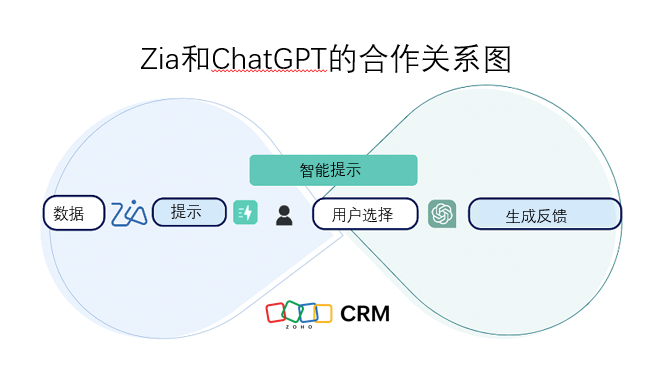
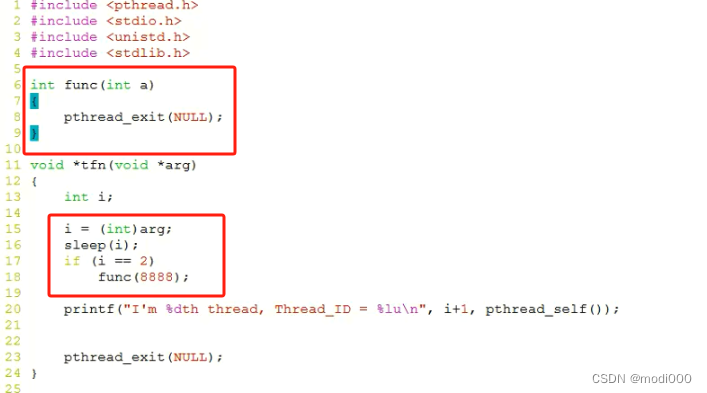



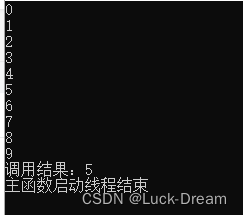
![[rust] 11 所有权](https://img-blog.csdnimg.cn/direct/6bfb60e2d5bd4c72ad6c4afafd856d85.png)
